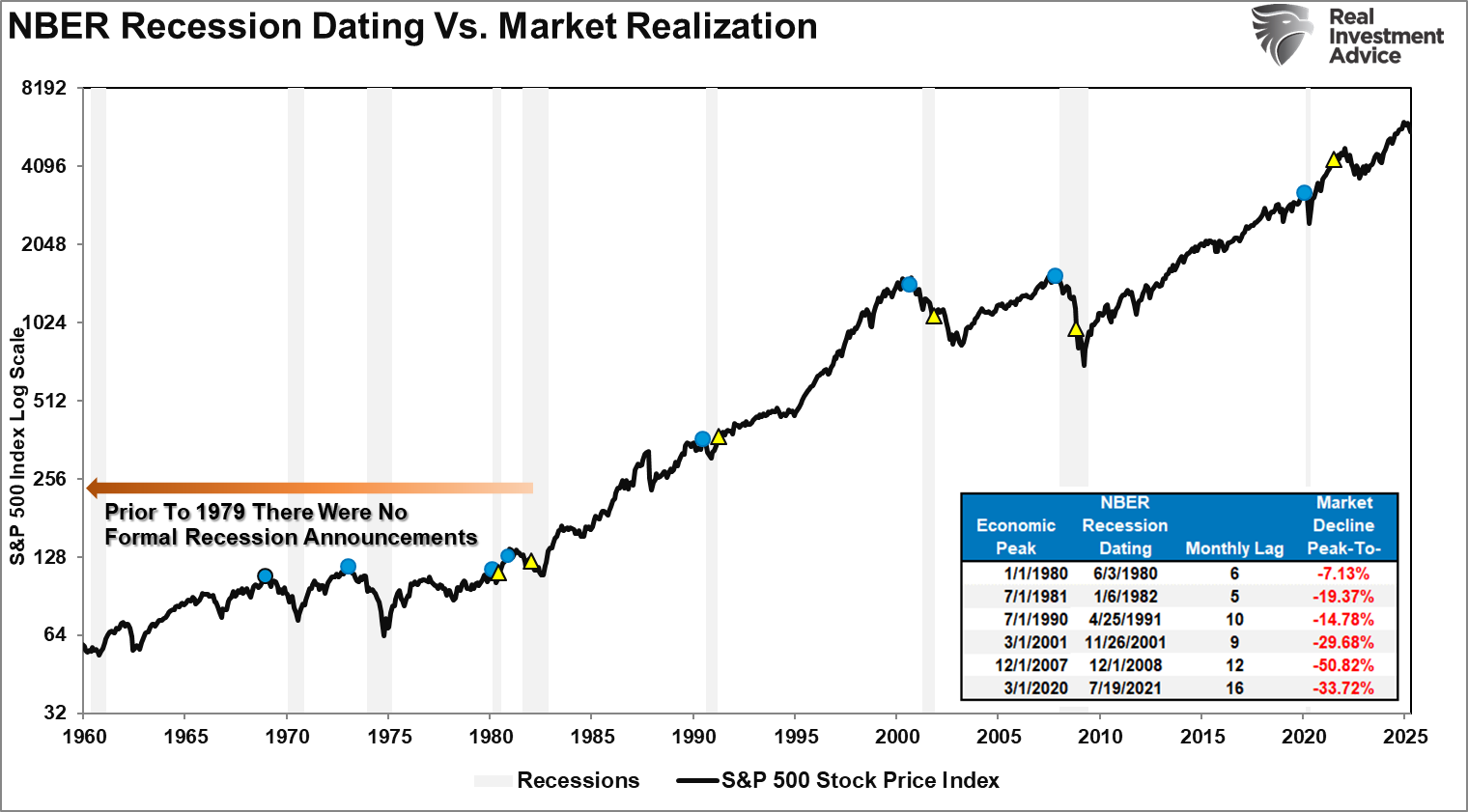
S&P 500 Faces Deeper Trouble If Recession Becomes Reality
Hey everyone, let’s talk about what’s really going on with the S&P 500 right now — and why we might not be out of the woods just yet.
So here's the deal: despite the recent sharp selloff in the U.S. stock market — the fastest drop since the early days of the COVID crash — valuations are still surprisingly high. The S&P 500’s trailing price-to-earnings ratio is hovering around 23. Historically, in times when a recession is looming, that number tends to fall to about 15.6. That basically means there's still a lot of room for stocks to drop further, especially if a full-blown recession hits.
Also Read:- Morgana O’Reilly Shines in an Emotionally ExplosiveWhite LotusFinale
- Mike White Teases a Fresh Direction forThe White LotusSeason 4
And that’s not just fear-mongering. Analysts and strategists are pointing fingers at the escalating global trade war, mostly triggered by President Trump’s latest round of tariffs. These tariffs aren’t just pushing up inflation — they’re also threatening to push unemployment higher. That’s a nightmare scenario for the Fed, which now finds itself in a tough spot. Even with job numbers looking decent in March, it’s likely a lagging indicator. The real impact of the tariffs hasn’t even hit the data yet.
Market pros like Adam Phillips from EP Wealth Advisors are calling this a blind march into economic trouble. He even said, “We’re all navigating in the dark,” which pretty much captures the confusion in markets right now. Meanwhile, Jerome Powell, the Fed Chair, is basically warning that these tariffs might hurt more than we thought — making it harder for the central bank to step in with interest rate cuts anytime soon.
To make matters worse, economic growth is already slowing. The Atlanta Fed is projecting a GDP contraction of nearly 3% for Q1. That’s a huge red flag, especially when the administration is still aiming for 3% annual growth — something that’s starting to look more and more like wishful thinking.
Investor sentiment is shaky, and for good reason. The history books show us that when recessions hit, the S&P 500 doesn’t just dip — it dives. On average, it falls about 35% during recession-linked bear markets, compared to around 28% during non-recessionary ones. And let’s not forget, since 1948, there have only been five bear markets that didn’t coincide with a recession. So the odds aren't exactly comforting.
At the end of the day, everyone’s asking the same question: is this just a painful correction, or are we staring down the barrel of a deeper economic downturn? With high valuations, sticky inflation, and geopolitical tension, the market's on edge. Portfolio managers like Julie Biel are staying cautious, saying it's tough to position portfolios when no one knows how deep this will go.
Until we see stronger signs from policymakers or some serious change in fundamentals, it’s fair to say — the S&P 500 might still have a long way to fall.
Read More:

0 Comments